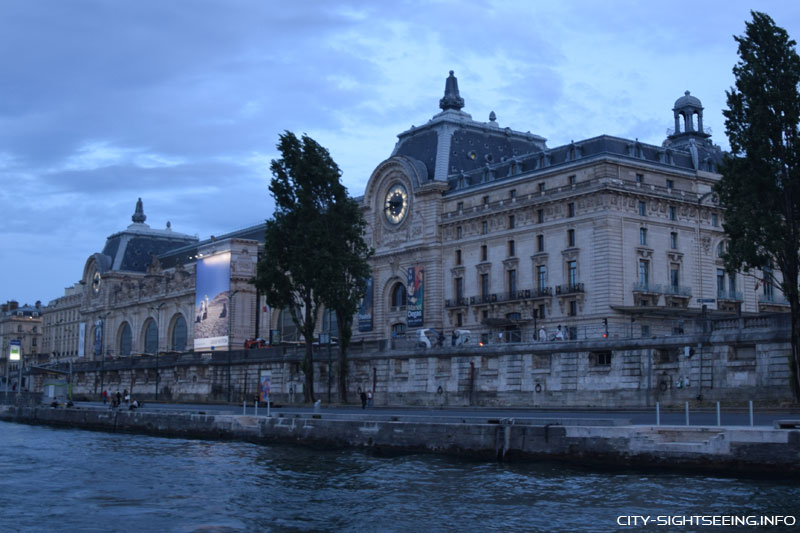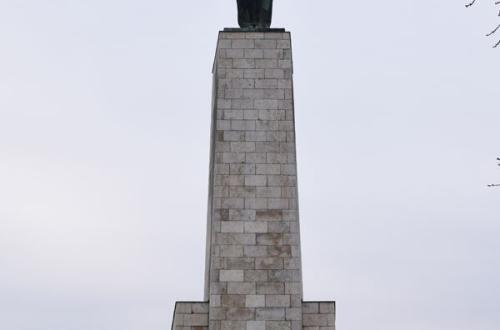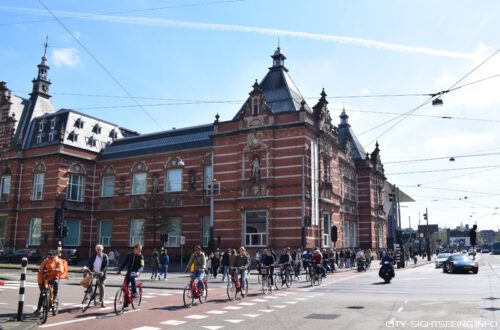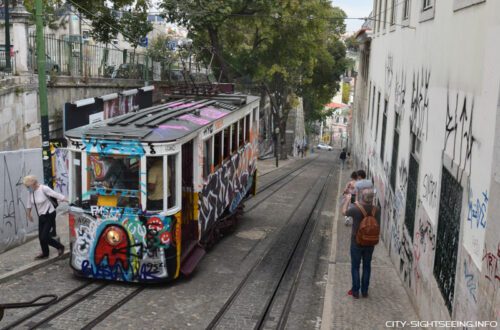Musée d’Orsay in Paris

Located on the southern bank of the Seine River in Paris, the Musée d’Orsay is one of the outstanding attractions of the city. The impressive building, once the Gare d’Orsay, was constructed in 1900 by Victor Laloux for the World Exhibition. Originally designed as a railway station, it served as a long-distance transportation hub to the southwest of France until 1939.
Table of Contents
Musée d’Orsay – Art Museum in Paris
The Musée d’Orsay is situated in the former railway station hall of Gare d’Orsay, built in 1900 for the Paris World Exhibition. It showcases over 4,000 works, including sculptures, paintings, and drawings from the years 1848 to 1914, associated with Impressionism, Expressionism, and Pointillism. The museum, located in the old Orsay station, opened in 1986 and is one of the most visited places in Paris, with nearly three million visitors annually.
The station, originally constructed for the 1900 World Exhibition, was later used for various purposes, including as a reception center for prisoners of war after 1945 and as a film set. After various considerations for the future of the decommissioned station, the idea of a museum became more concrete. The transformation began in 1986 under the direction of architect Gae Aulenti, who preserved the industrial architecture while adapting it to modern techniques.
The Musée d’Orsay, officially inaugurated by President François Mitterrand, now houses an impressive collection of impressionist art. Originally built as a modern station of the Belle Époque, the building reflects the innovations of the industrial age and impresses with its massive metal framework and delicate decorative elements of glass. The Gare d’Orsay, once a sensation at the 1900 World Exhibition, has transformed from a transportation hub into a significant cultural center.
Architecture
The Gare d’Orsay, originally built for the 1900 World Exhibition, connected Paris and Orléans. Due to the growing need for longer trains, the station was closed in 1939 and classified as a historical monument in 1978. Under the direction of architect Gae Aulenti, a careful transformation into the Musée d’Orsay took place from 1980 to 1986, exposing the main hall, adding covered terrace museum halls, and restoring old ornaments.
While the former function as a station is not reflected in the architecture, the eclectic style does. The Gare d’Orsay showcased the completion of Art Nouveau at the 12th World Exhibition and now houses collections of artistic works from the period of 1848 to 1914, including works by artists such as Cézanne, Van Gogh, and Toulouse-Lautrec.
The Musée d’Orsay brings together not only art but also architecture and technology. The architecture team ACT created a unique symbiosis of the original building and museum design from 1979 to 1986. The main hall became the museum route, terraces turned into exhibition spaces, and the former restaurant became the museum restaurant with a unique view of the building’s levels.
Collections and Exhibitions
The Musée d’Orsay houses a diverse collection of paintings, sculptures, crafts, designs, graphics, photographs, building components, and furniture. The focus is on the period from the mid-19th to the early 20th century, especially in Impressionism. Renowned artists such as Monet, Renoir, Manet, and Degas are represented. The collection spans from around 1848 to 1914, including a globally unique collection of French Impressionists. The museum also presents outstanding artworks of all styles from this era.
Address
Musée d’Orsay
Esplanade Valéry Giscard d’Estaing
75007 Paris
Opening Hours
Monday: Closed
Tuesday, Wednesday, Friday, Saturday, Sunday: 9:30 am – 6:00 pm
Thursday: 9:30 am – 9:45 pm
Musée d’Orsay Tickets
More Tickets & Tours






